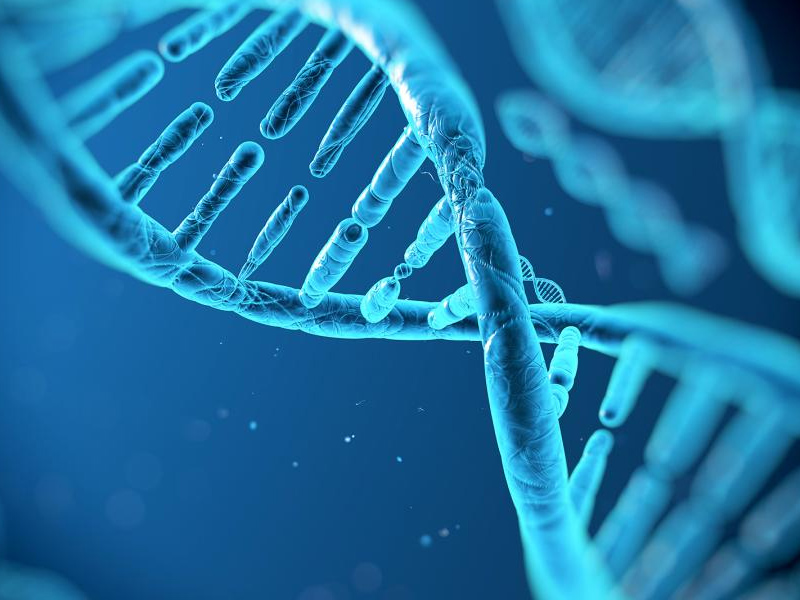Service Hotline:
+86-20 34438810
Spatial transcriptomic gene mapping provides new insights into inflammatory bowel disease
- Categories:News
- Author:
- Origin:
- Time of issue:2022-02-18
- Views:0
(Summary description)Researchers at Karolinska college in Sweden used a technique called spatial transcriptomics (st) to analyze gene expression in the mouse colon and drew a map showing the expression location of a single gene in the tissue. When they superimposed previously known human transcriptional data on the map, the researchers had a new understanding of inflammatory bowel disease (IBD).
Spatial transcriptomic gene mapping provides new insights into inflammatory bowel disease
(Summary description)Researchers at Karolinska college in Sweden used a technique called spatial transcriptomics (st) to analyze gene expression in the mouse colon and drew a map showing the expression location of a single gene in the tissue. When they superimposed previously known human transcriptional data on the map, the researchers had a new understanding of inflammatory bowel disease (IBD).
- Categories:News
- Author:
- Origin:
- Time of issue:2022-02-18
- Views:0
Researchers at Karolinska college in Sweden used a technique called spatial transcriptomics (st) to analyze gene expression in the mouse colon and drew a map showing the expression location of a single gene in the tissue. When they superimposed previously known human transcriptional data on the map, the researchers had a new understanding of inflammatory bowel disease (IBD).
The transcriptional activity of a single cell in the colon is mapped using a technique called st genomics. This is the first time that someone can visualize the gene expression of the whole intestine, including health and recovery after injury.
The use of spatial transcriptome driven visualization technology enables researchers to discover several previously unknown aspects, such as the colon being divided into more parts than previously thought.
When the results were combined with known transcriptional data from human tissues, the scientists noticed that the location of some intestinal cells was the same in mice and humans, which made the model a tool to understand how different diseases, such as IBD, affect intestinal cells.
In an earlier study, Eduardo J. villablanca's team showed that ulcerative colitis can be divided into two subgroups with different gene expression. Using the new map, they found that genes for more difficult to treat diseases were found in more severely damaged tissues.
Similarly, the gene map can be used to see the active location of human cells in the colon, which can make a significant contribution to the development of new therapies and drugs.
Spatial transcriptomics was developed by scientists from kth Royal Institute of technology and Karolinska college at scilifelab. It can visualize gene expression in tissues. However, in order to visualize long tubular organs such as the colon, the researchers behind the study applied the technology in a novel way. By rolling up the colon like a Swiss Roll, they managed to fit and map the entire gene expression map of a long organ.
Researchers now want to use the same method to create similar maps for all digestive organs from the mouth to the rectum. Their goal is to create reference maps for gene expression in all these tissues.
The gene map of the whole digestive organ will play a role in many aspects, such as exploring the relationship between intestinal bacteria and cell gene expression, and better understanding how different diets affect their functions.
The study was published in the journal Nature communications.

Scan the QR code to read on your phone
Relevant information

+86-20 34438810
(Service Hotline)
Tel: +86-20-34438810
E-mail:sales@magigen.com
Add:Unit 503-504, Building 3 Standard Property Unit 4, No.12 Luoxuan 3th Road, International Bio Island, Guangzhou, China
(Service Hotline)

Copyright © 2022 美格生物 All Rights Reserved.
粤ICP备20006980号 技术支持:中企动力 广州






